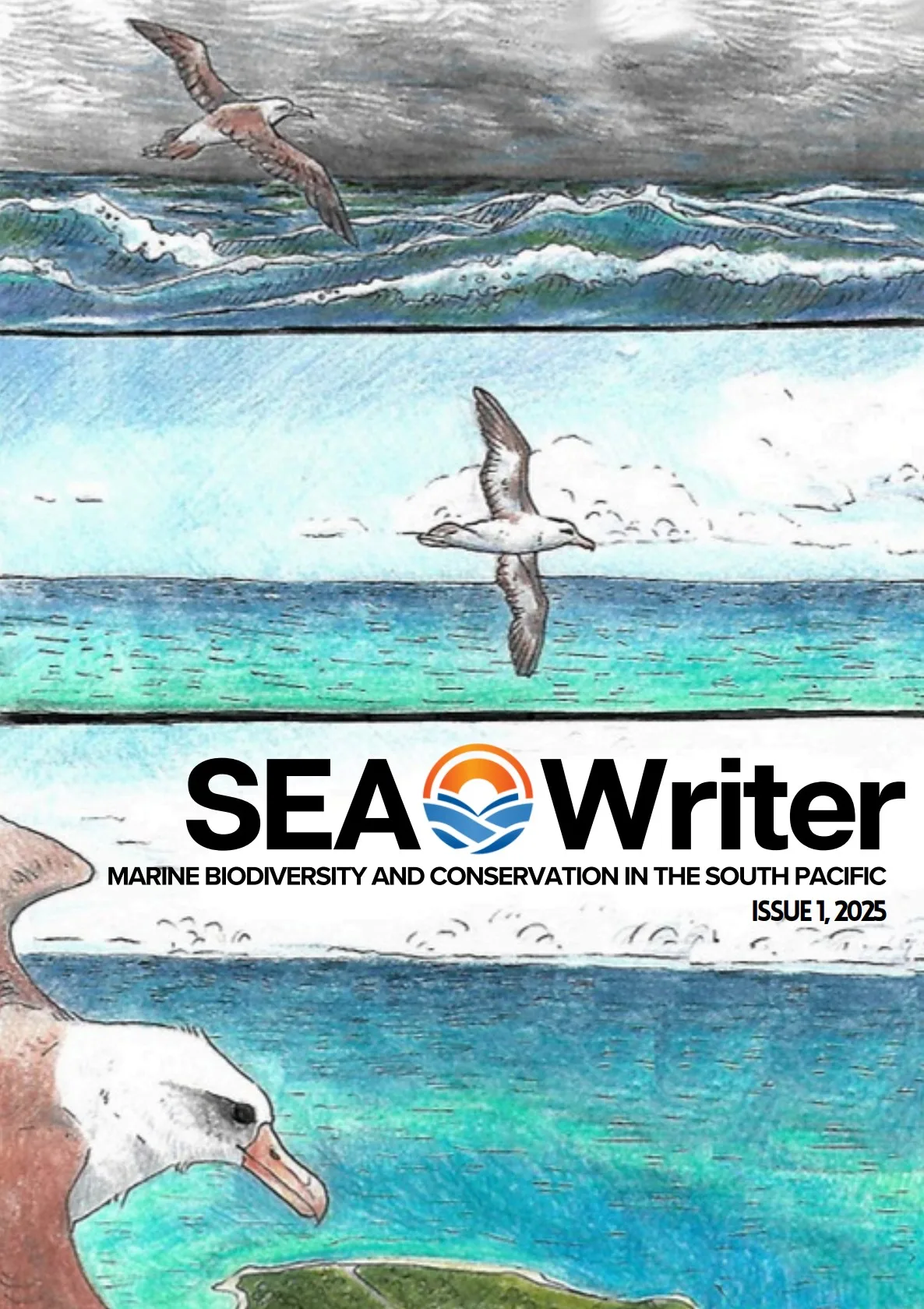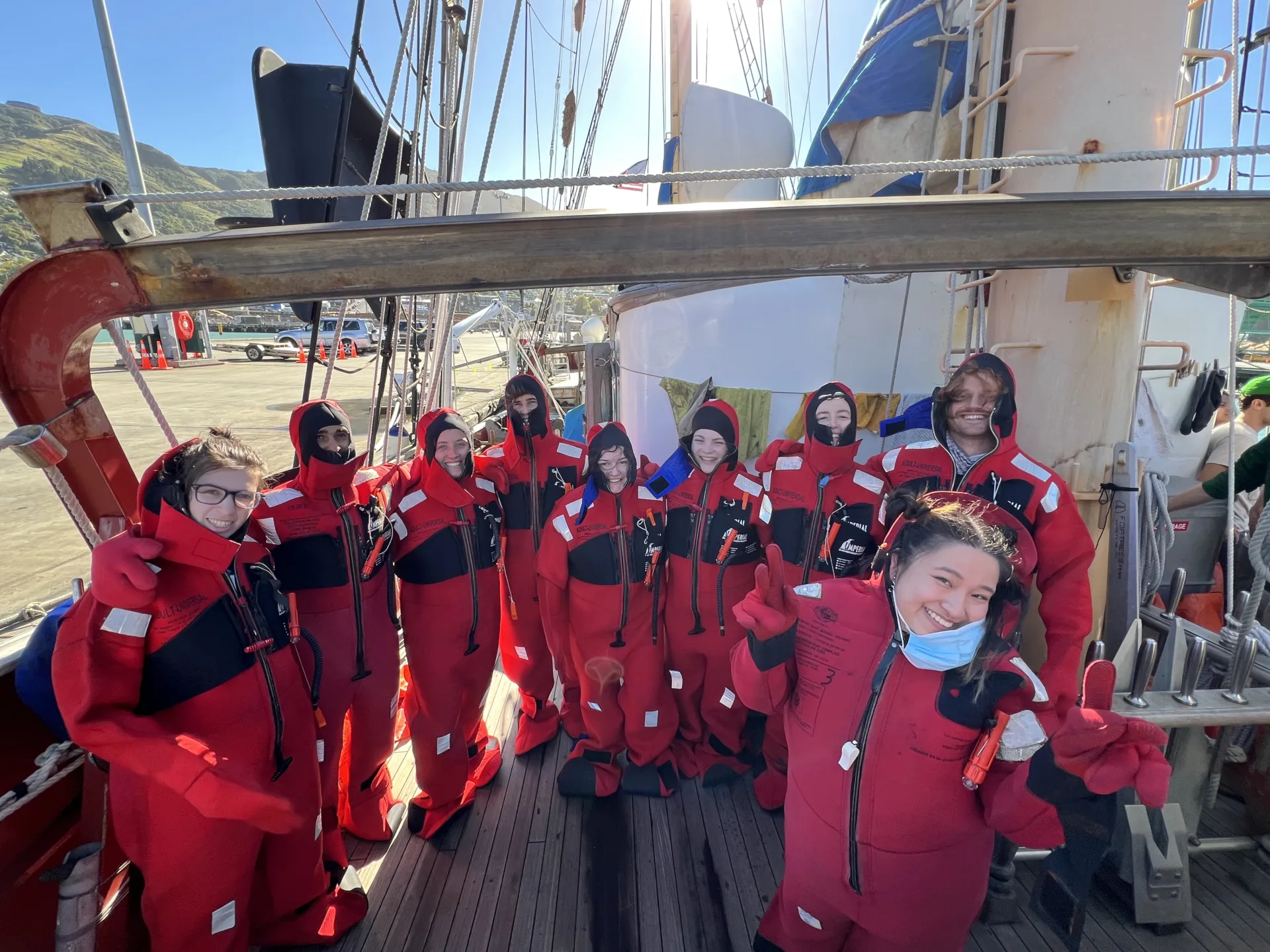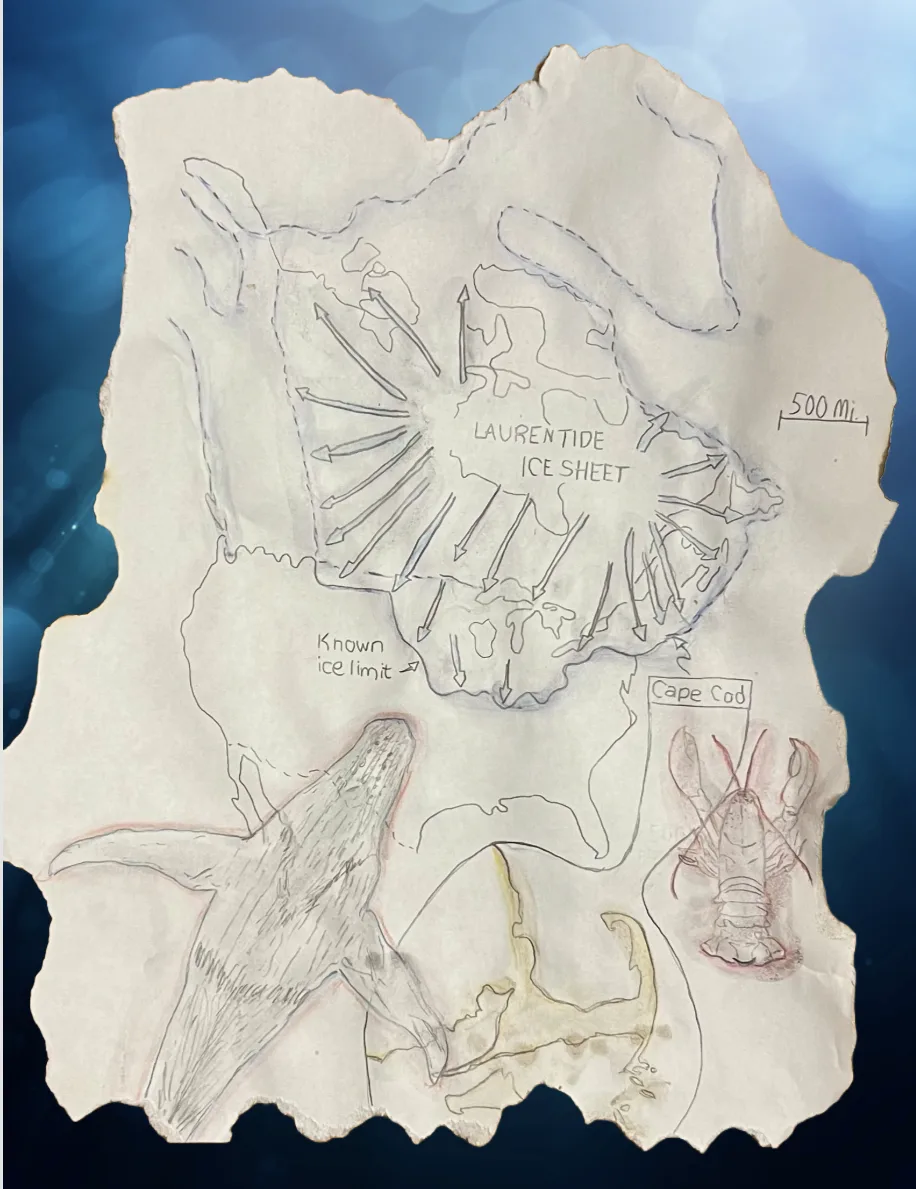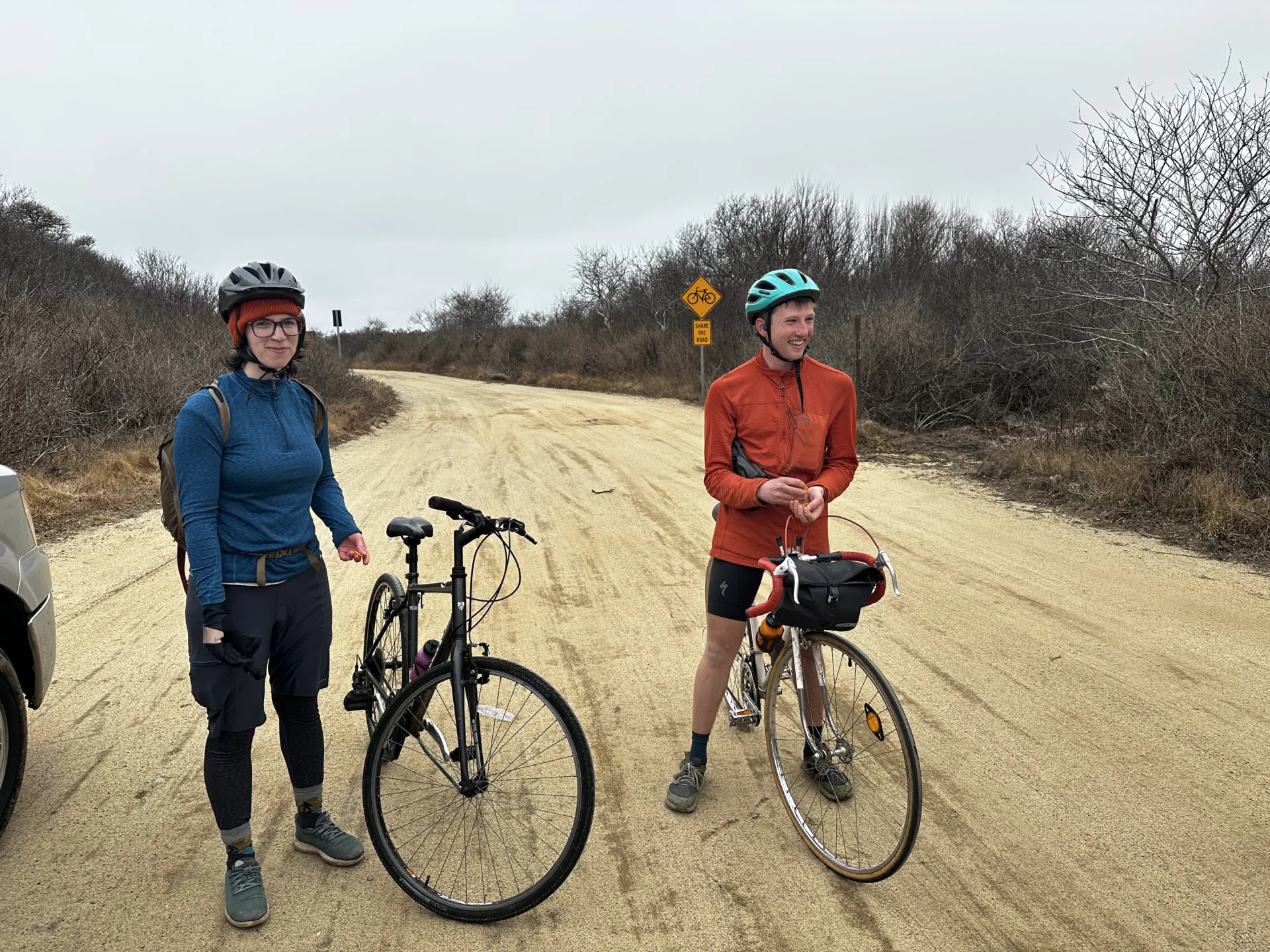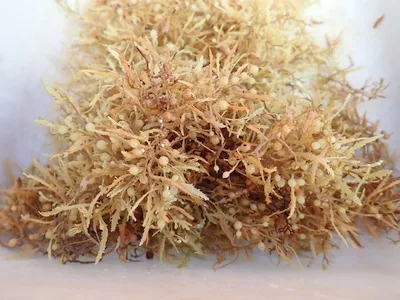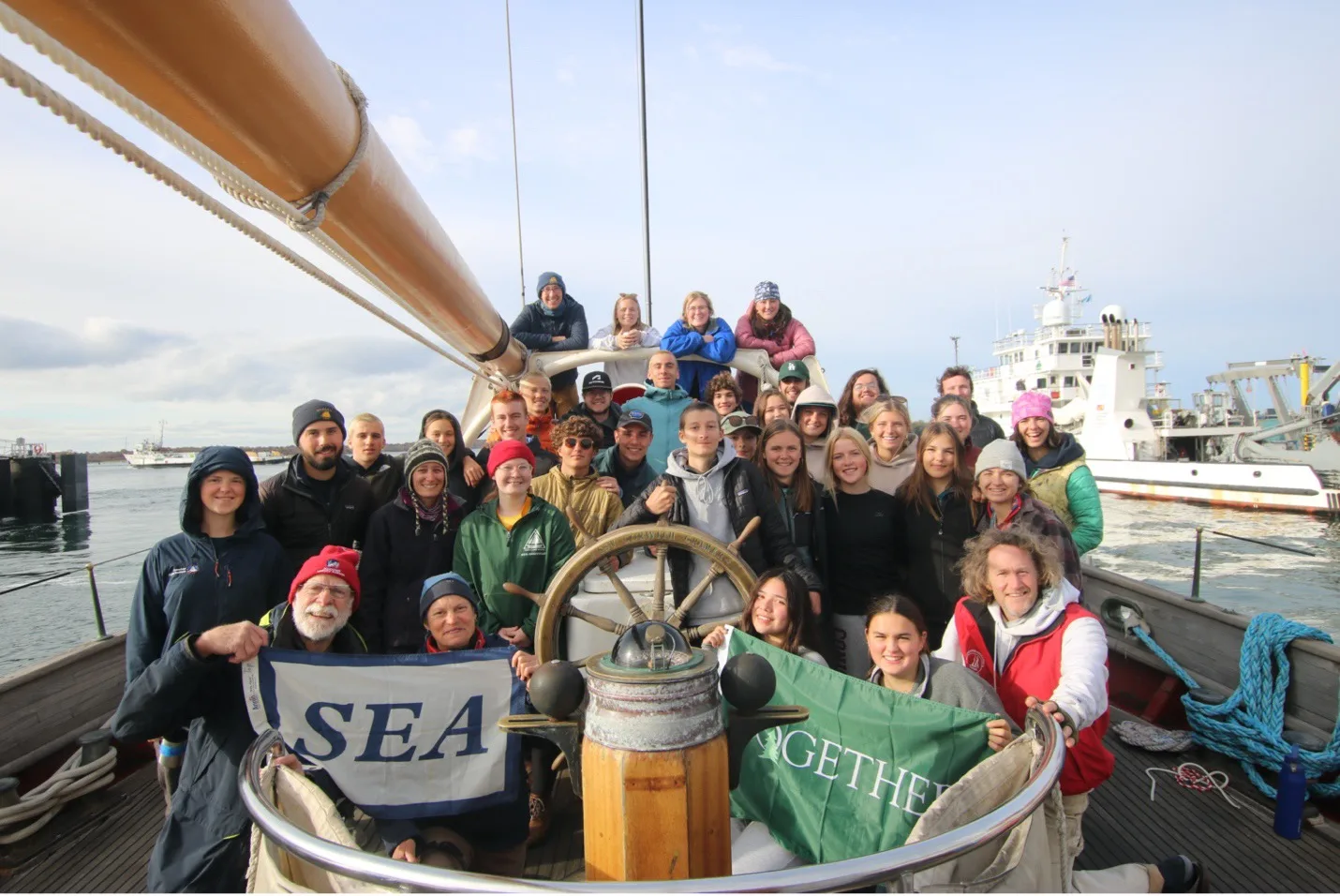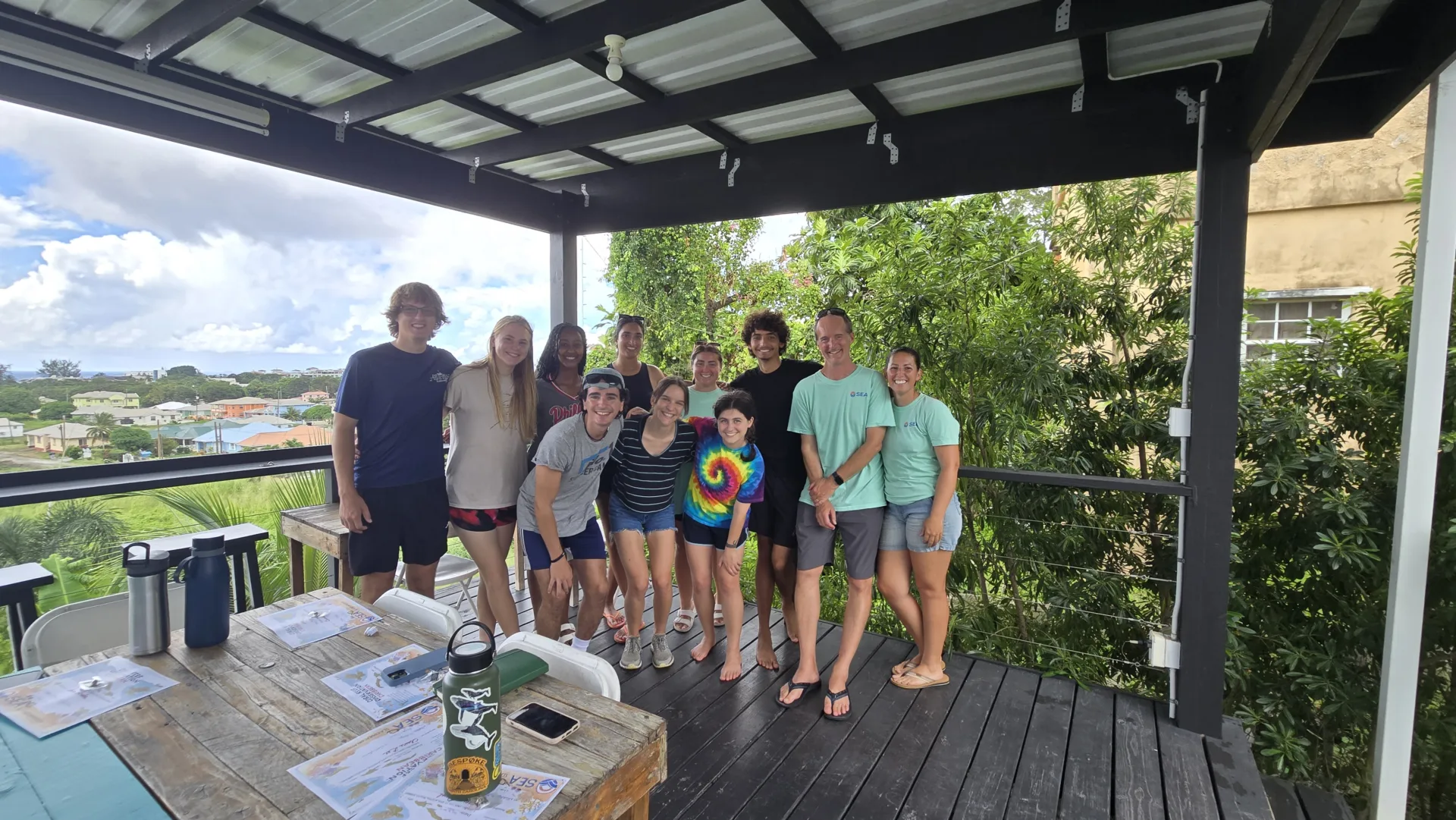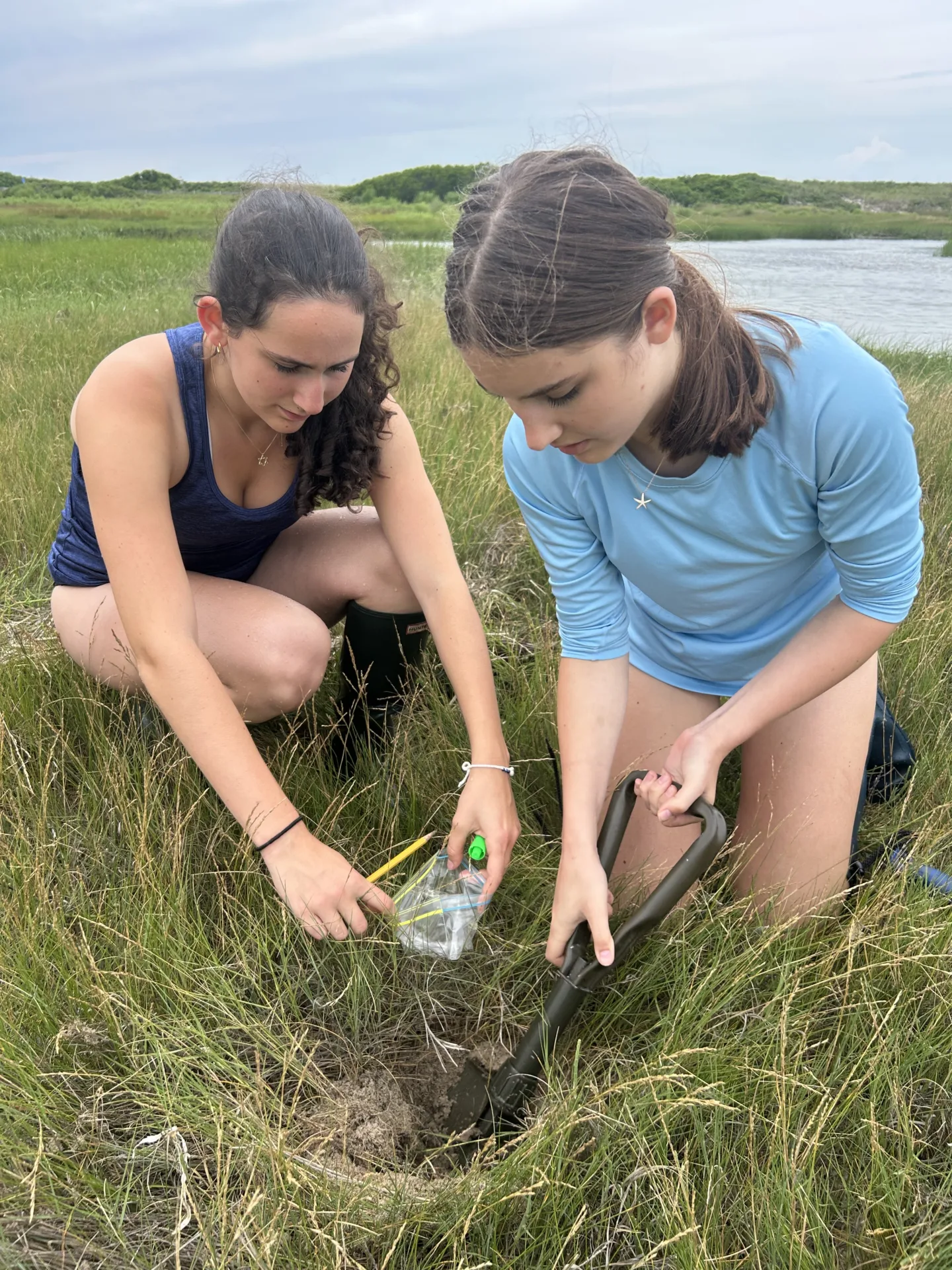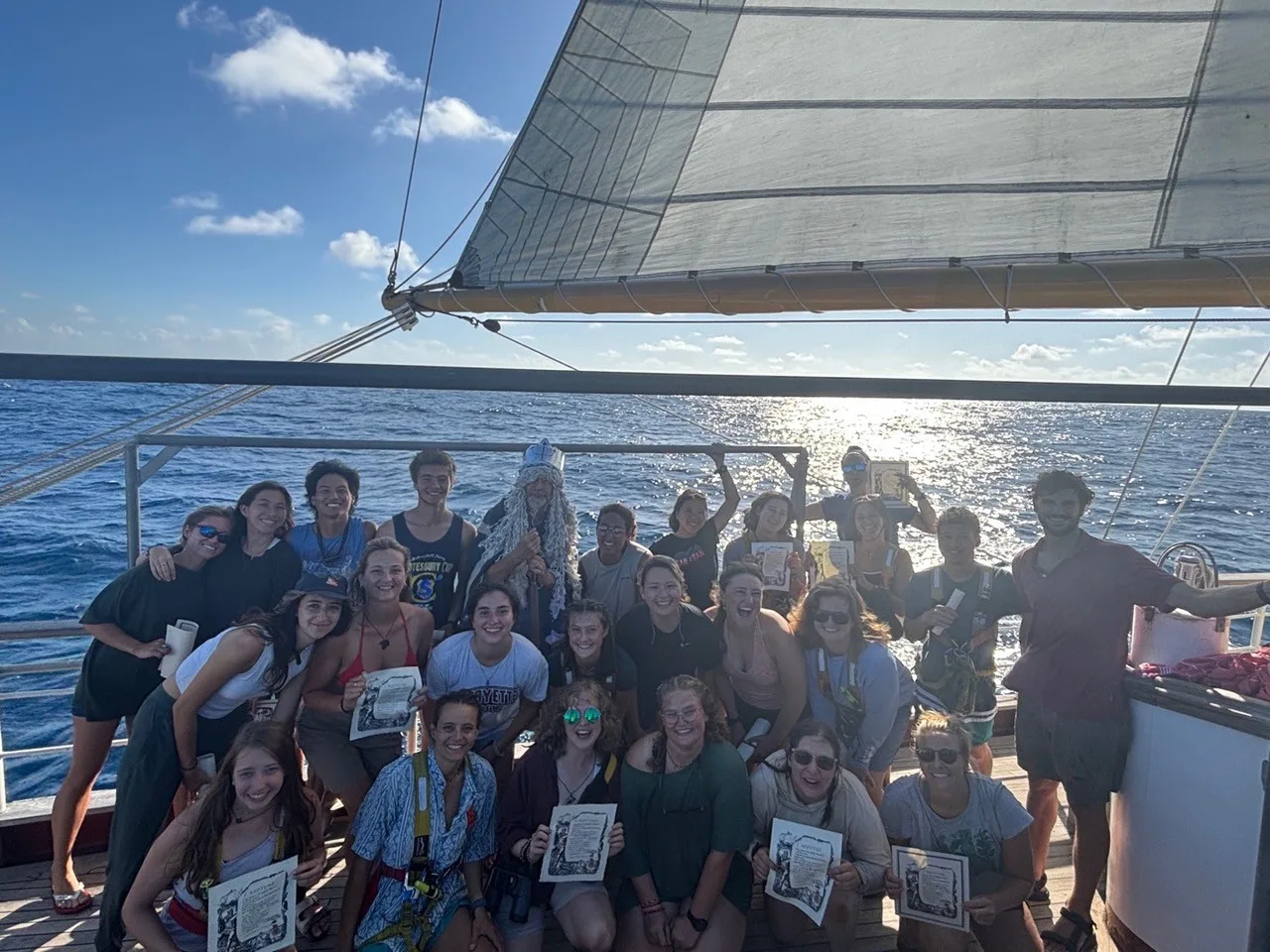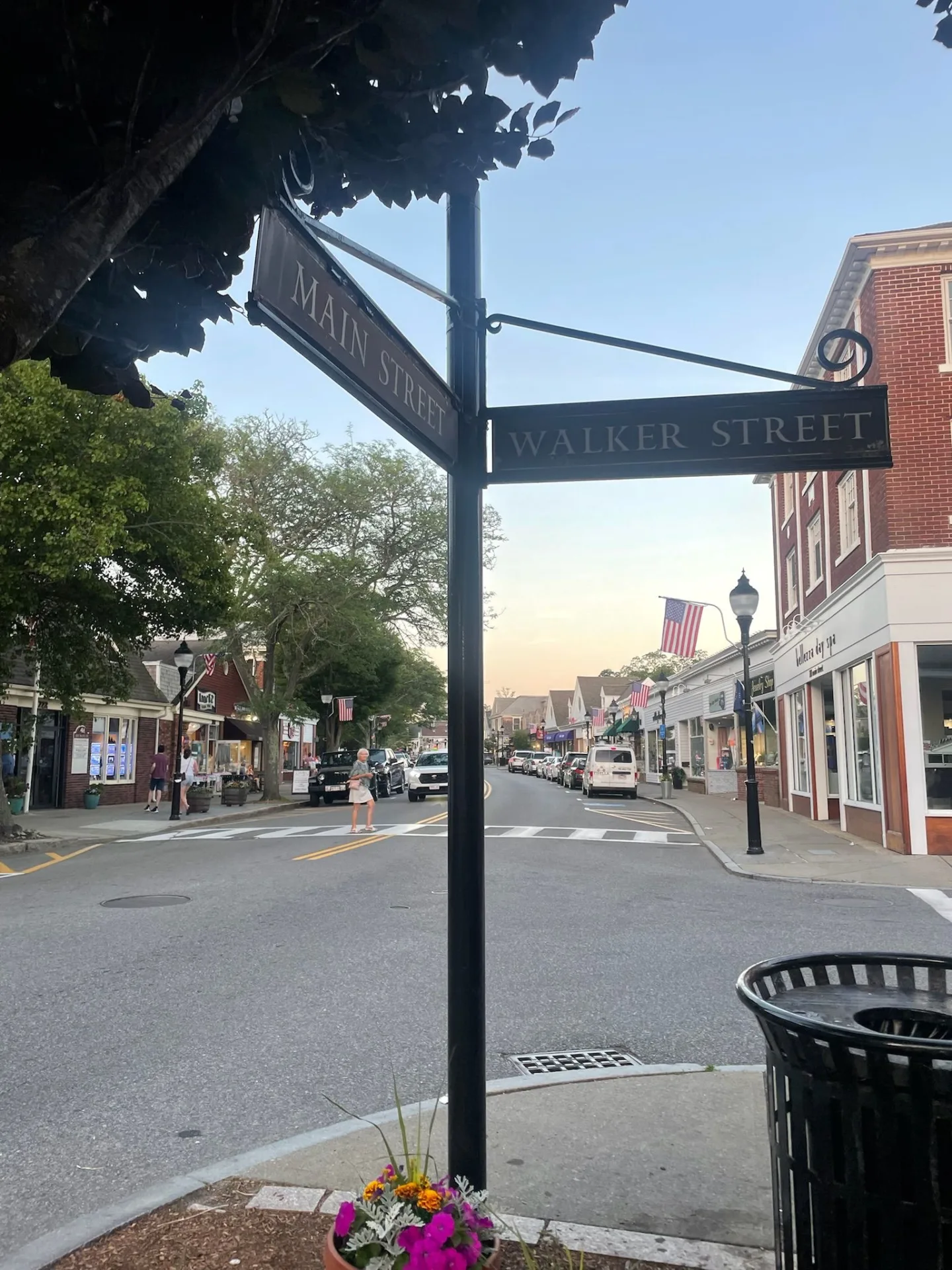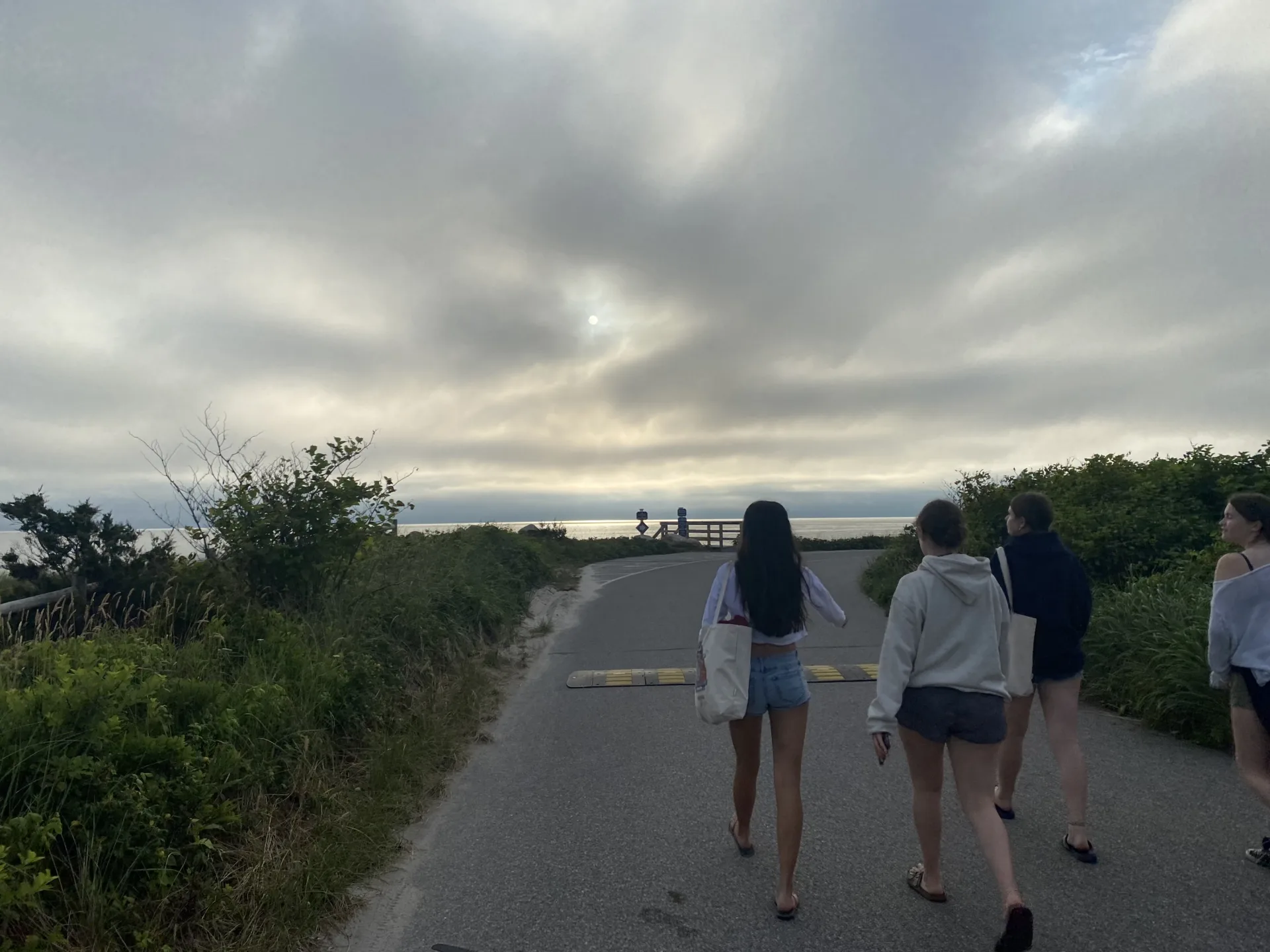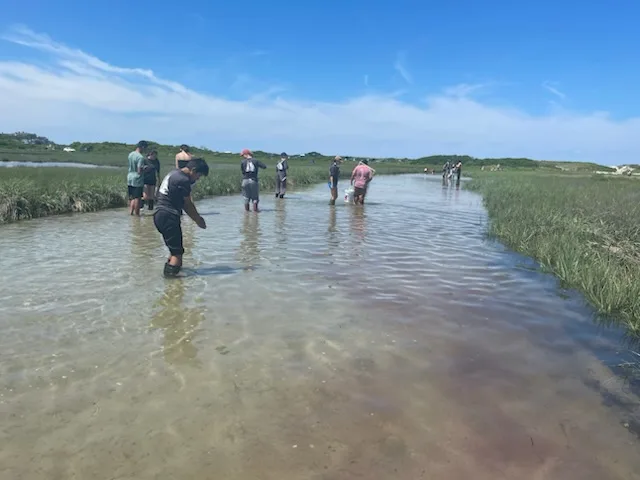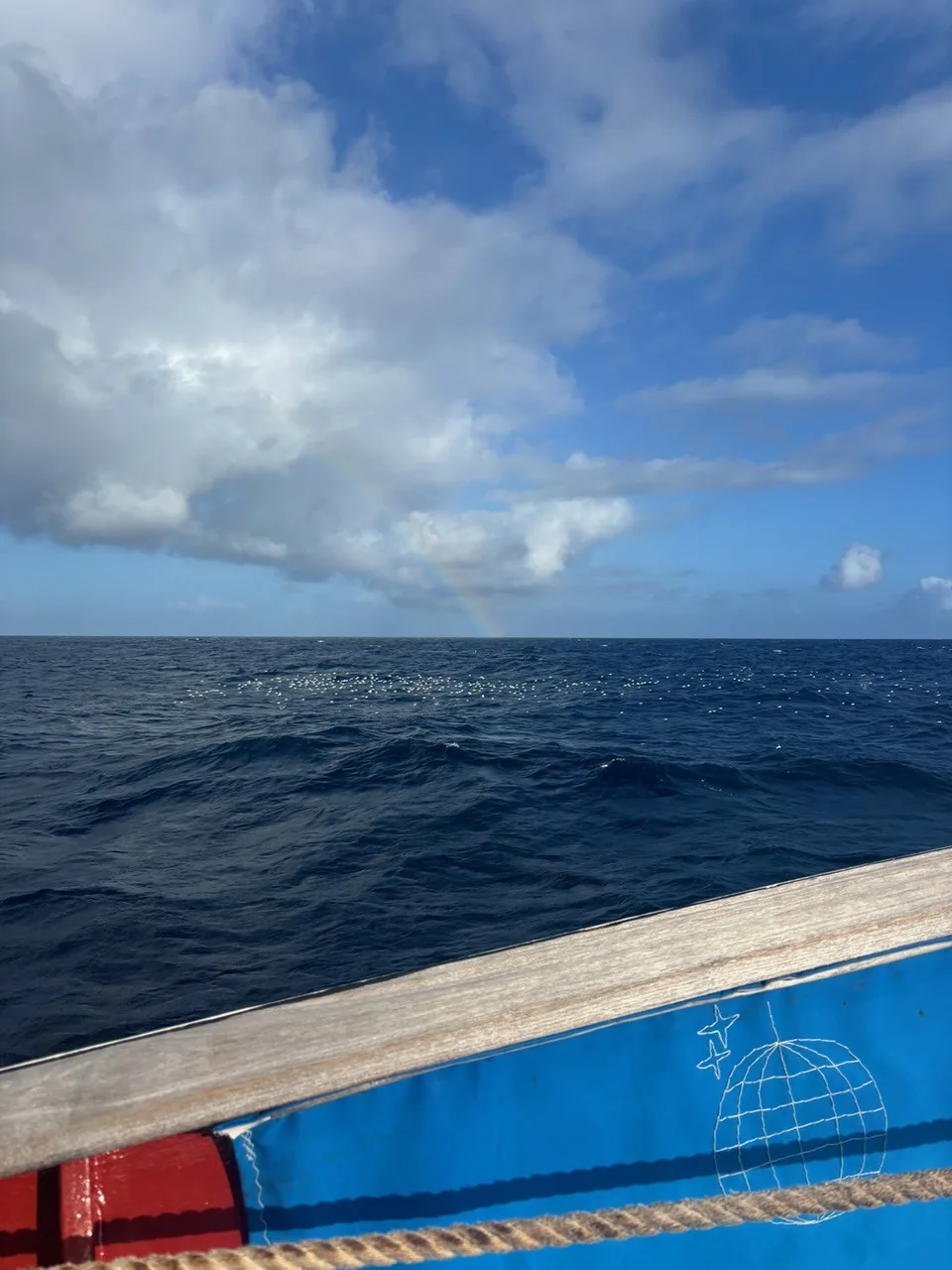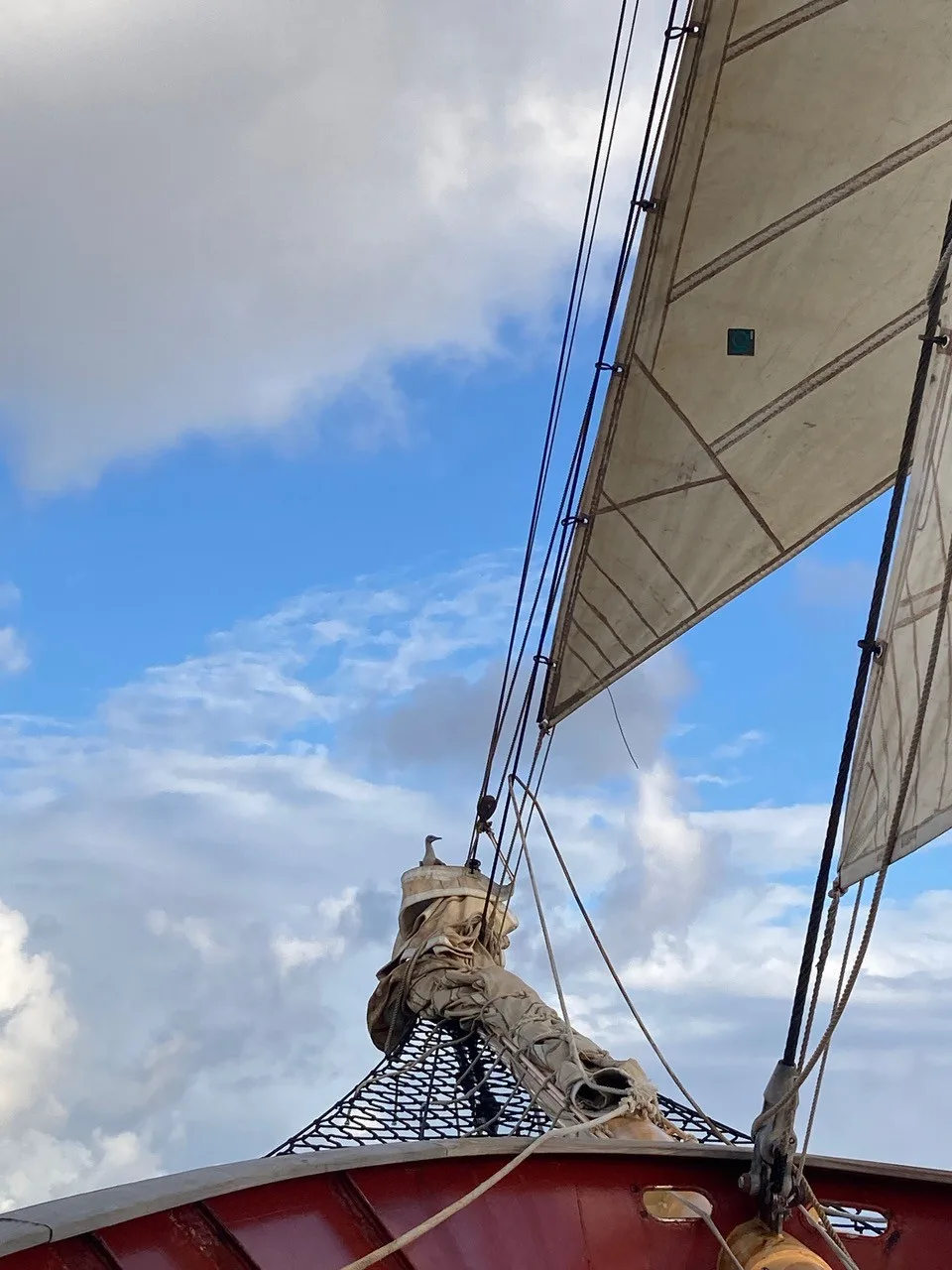News
STories at Sea
From Plate Tectonics to Poke Bowls
July 02, 2025
Harnesses and Horseshoe Crabs Oh My!
July 01, 2025
Welcome Aboard!
June 30, 2025
New Hair, Who Dis?
June 30, 2025
Pancakes, Beaches, and Bake-Offs
June 30, 2025
From Woodwell to Racing Beach
June 30, 2025
From Toast to Tides
June 30, 2025
Launching Our Research Journey
June 29, 2025
Crossing Zero
June 29, 2025
Learning To Live The Slow Life At Sea
June 28, 2025
A Day on Martha’s Vineyard
June 28, 2025
Falmouth Finds and Friendly Competition
June 28, 2025
Program Blogs
- Gap Year
- Ocean Exploration
- High School
- Science at SEA
- SEA Expedition
- SEAScape
- Pre-College
- Proctor Ocean Classroom
- Protecting the Phoenix Islands
- SPICE
- Stanford@SEA
- Undergraduate
- Climate and Society
- Climate Change and Coastal Resilience
- Coral Reef Conservation
- Marine Biodiversity and Conservation
- MBL
- Ocean Exploration: Plastics
- Ocean Policy: Marine Protected Areas
- Oceans and Climate
- Pacific Reef Expedition
- The Global Ocean: Hawai'i
- The Global Ocean: New Zealand
